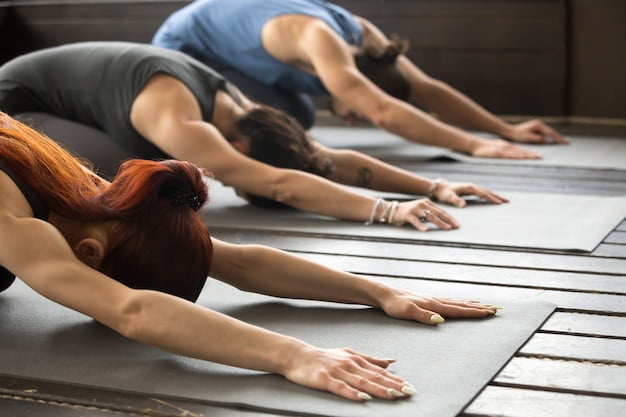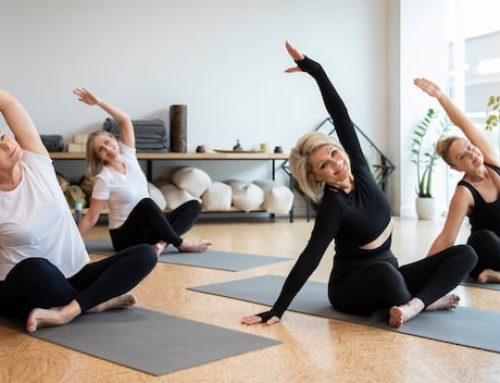The Importance of Stretching
Stretching has become an essential aspect of fitness routine across the globe. People stretch to increase flexibility, prevent injury, and reduce muscle tension. While it may seem simple, experts recommend that you do it the right way to avoid causing harm to your body.
What is Stretching?
Stretching is the process of extending or lengthening the muscles in your body through specific movements. This process helps increase flexibility and improve range of motion. It also helps improve blood flow to your muscles and joints, which is essential to maintain joint health.
Types of Stretching
There are different types of stretching techniques, including static, dynamic, ballistic, and proprioceptive neuromuscular facilitation (PNF).
Static Stretching
This technique involves holding a particular position for a certain period, usually between 10 and 30 seconds. Static stretching is commonly used to improve flexibility, and it’s best for after workouts and during warm-ups.
Dynamic Stretching
Dynamic stretching involves slow, deliberate movements that help warm up your muscles and joints. This helps increase your heart rate and blood flow, preparing your body for the more intense workout.
Ballistic Stretching
This technique involves bouncing up and down in a stretch. Although it can provide temporary improvements in range of motion, it’s not recommended, as it can lead to muscle or tendon strain.
PNF Stretching
PNF is a technique that combines relaxation and contraction of muscles. It’s often used in rehabilitation programs and has been shown to be effective in increasing flexibility and reducing muscle tension.
The Right Way to Stretch
It’s crucial that you do stretching the right way to avoid injury. Here are some tips to help you stretch safely.
Warm-up First
Before you stretch, you should engage in a brief warm-up. This helps prepare your muscles and joints for the more intense workout. You can use any activity that gets your blood flowing, such as jogging or jumping jacks.
Stretch Slowly and Gently
Never force your body into a stretch. Instead, stretch slowly and gently, holding each stretch for at least 10 to 30 seconds. Avoid bouncing or jerking movements, as they can cause muscle strain.
Focus on Major Muscle Groups
When stretching, it’s important to focus on major muscle groups like calves, hamstrings, and quadriceps. These are the muscles that tend to be tightest and most prone to injury.
Breathe
Remember to breathe while stretching. Inhale deeply before each stretch and exhale slowly as you relax into the stretch. Avoid holding your breath as this can cause muscle tension.
Don’t Overdo It
Stretching is beneficial, but too much of anything can be harmful. Overstretching can lead to muscle or tendon strain, which can be painful and take a long time to heal. Listen to your body and only stretch to the point where you feel a comfortable stretch.
The Wrong Way to Stretch
Stretching the wrong way can cause injuries, so it’s essential to know what to avoid.
Skipping the Warm-up
Skipping the warm-up is a common mistake. Without proper warm-up, your muscles and joints are not prepared for the more intense workout.
Bouncing or Jerking
Bouncing or jerking movements cause unnecessary strain on your muscles and tendons, increasing the risk of injury.
Overstretching
Overstretching can cause muscle or tendon strain, which can be painful and take a long time to heal. Stretch only to the point where you feel a comfortable stretch.
Conclusion
Stretching is an essential aspect of any fitness routine. It helps increase flexibility, reduce muscle tension, and prevent injury. When done correctly, it’s beneficial to your body. Follow the right stretching techniques, and avoid the wrong ones to make the most out of your stretching routine.






